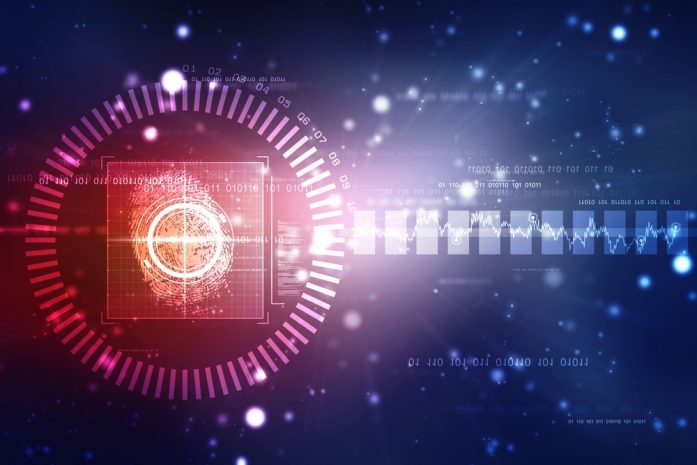
Lurk: Seek and destroy
How Kaspersky Lab helped the Russian police catch the cybercriminals behind the Lurk banking Trojan and Angler exploit kit.
255 articles

How Kaspersky Lab helped the Russian police catch the cybercriminals behind the Lurk banking Trojan and Angler exploit kit.

Short-term rental sites are great for travelers and homeowners. The Wi-fi? Maybe not so much.

ATMs and point-of-service systems are extremely vulnerable to malware — and software vendors are no longer patching them. Here’s how to make them safer.

Discussing what kind of Internet Chinese, North Korean and Indian users have now and what we all might have one day

Internet-trolls are back in the game: 2ch anonymous hacked hundreds devices and streamed video from victims’ homes for the kick of it.

A massive flaw in transport layer security (TLS) protocol was discovered and it leaves millions vulnerable to an attack that could expose financial data and more.

At SAS 2016 our GReAT experts talk about a Java-based multi platform malware used by hundreds of cybercriminals for a handful of purposes

There’s an expression that goes, “The walls have ears.” Well, today unfriendly “ears” are right in your pockets: spying software in mobile devices.

We all know that security is low on the IoT totem pole. However, here’s to hoping these 5 items stay secure.

Konstantin Goncharov recaps the most significant security events of 2015.

Public Wi-Fi networks provide Internet access and 100500 ways to you’re your data to cybercriminals. What can you do to protect yourself?

The Russian Mafia is a long-standing media staple in the West, portrayed with many myths, but reality is possibly surpassing all of them.

Three most important recent news with extensive commentary and trolling: nasty Android Stagefright vulnerability, new car hacks and Do Not Track 2.0 privacy initiative

Kaspersky Lab has rolled out a new cyberthreats report covering Q2. While it is consumer-oriented, certain findings are extremely relevant to business.

Ericsson and Qualcomm are promoting their new technology, LTE-U. Is it any better that LTE-A? And what is this combinations of letters supposed to mean, after all?

Most of the security announcements surrounding Windows 10 business-oriented, as they address the primary IT security problems businesses have to face. Judging by those announcements, Microsofts seems to address the issues properly.

The primary issue here is the real cost of free offers. Hola’s stance is almost honest: You want free services? You have something that is of use to us – your idle or not-so-idle resources. If you don’t want them to be used by us, there is a paid tier for you.

Just ten days after the remarkable Google I/O event, Apple is holding its own developers conference. Let’s take a look at the new security features.

Figures show that just 58% of Android-based smartphones and 63% of Android tablets are protected by any kind of an anti-virus solution, while 31% of smartphones and 41% of tablets are not even password-protected.

Securelist has published extensive research on BlackEnergy. Initially a DDoS crimeware, it turned into a huge collection of various tools currently used in various APT-type activities, including some “significant geopolitical operations”.